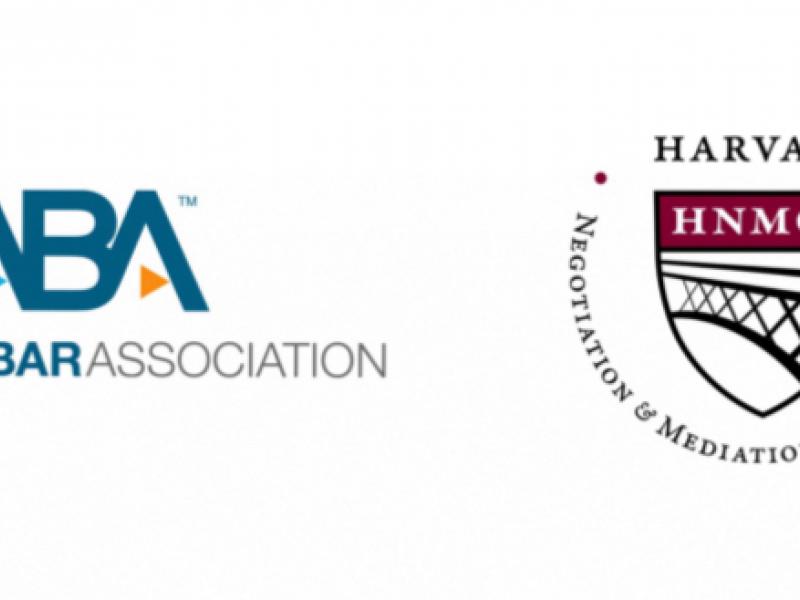
Document Author(s):
Year Published:
Topics:
Region:
Tags:
Report: Designing for Housing Stability: Best Practices for Court-Based and Court-Adjacent Eviction Prevention and/or Diversion Programs (Harvard Negotiation & Mediation Clinical Program and American Bar Association 2021)
Designing for Housing Stability: Best Practices for Court-Based and Court-Adjacent Eviction Prevention and/or Diversion Programs (Joint Report of the Harvard Negotiation & Mediation Clinical Program and American Bar Association 2021)
The Task Force on Legal Needs Arising from the Coronavirus (COVID-19) Pandemic was created to assess the civil and criminal legal needs resulting from the pandemic, to make recommendations to address those needs, to promote collaboration across the legal system, and to mobilize pro bono resources in support of pandemic-related legal services. This report was developed as part of the work of that Task Force and in partnership with the Harvard Negotiation & Mediation Clinical Program. The goal was to understand what eviction prevention and/or diversion programs in the United States can help reduce filings and evictions and enhance housing stability. The research reveals:
(A) Stakeholders have multiple non-competing metrics of success for achieving the goal of “eviction prevention.” Notably, both landlords and tenants include “housing stability” among their metrics of success.
(B) Stakeholders revealed widespread buy-in for eviction prevention efforts, likely amplified by the financial and political pressures of the COVID-19 pandemic. Among landlords surveyed, > 70% would be inclined to address issues of tenant non-payment outside of court.
(C) Eviction prevention and/or diversion efforts are widespread, especially outside of formal state and county designations.
This suggests that informal relationships, networks, and resources are in place to easily formalize and expand eviction prevention programs. Of the eviction prevention and/or diversion programs surveyed, the majority reported that they provide full or limited legal representation; a legal hotline or helpdesk; tenant rights and/or education programs; rental or cash assistance; and pre- or post-filing mediation services to parties.These findings helped us develop a checklist of considerations for any eviction prevention and/or diversion program, regardless of the jurisdictional, judicial, and administrative characteristics.